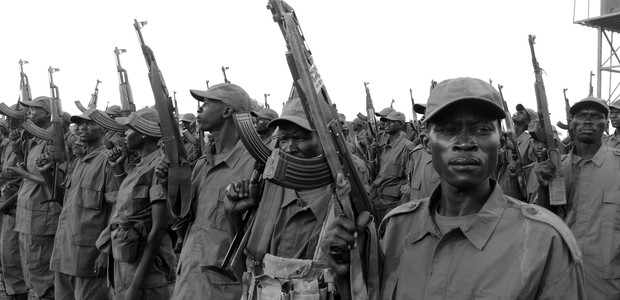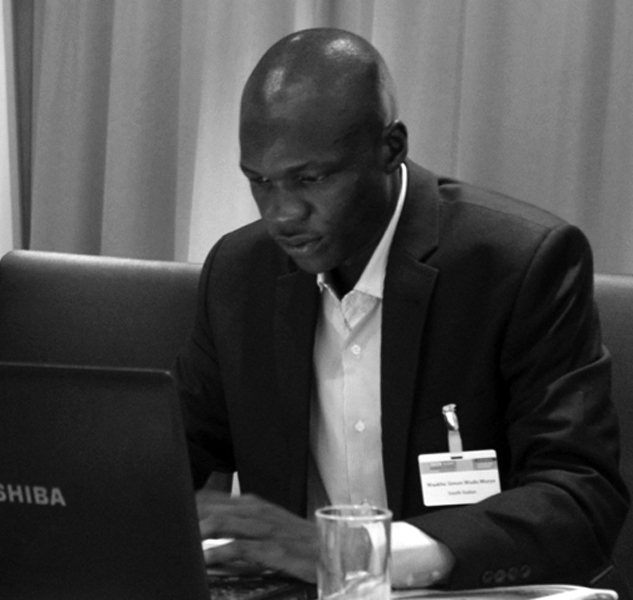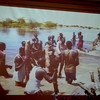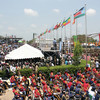South Sudan’s government broaches topic of cantonment areas

Information Minister and Government Spokesman, Michael Makuei Lueth told journalists shortly after a six-hour cabinet meeting chaired by President Salva Kiir on May 27, that politicians mainly dealt with the issue of the cantonment areas of the Sudan People’s Liberation Movement-In Opposition (SPLM-IO) forces in the three regions of Upper Nile, Equatoria and Bahr El-Ghazal.
The issue of the cantonment areas for the SPLM-IO troops, especially in Equatoria and Bahr El-Ghazal, has remained challenging since the formation of the transitional government last month.
President Salva Kiir and the SPLM have denied that there are SPLM-IO forces in the two regions of Equatoria and Bahr El-Ghazal. Yet the SPLA-IO, led by the new First Vice President Riek Machar, insisted they have forces in the two regions.
Makuei said the cabinet has neither agreed nor disagreed that the SPLM-IO has forces in Equatoria and Bahr El-Ghazal regions. However, he said the cabinet has directed the Joint Military Ceasefire Commission (JMCC), the body charged with monitoring the implementation of the ceasefire process stipulated in the peace agreement, to identify if there are SPLM-IO cantonment areas in Equatoria.
However, he added that: “Because of time the agenda could not be completed. There were other three issues which were on the agenda, but this is what took most of the time of the cabinet so the meeting ended accordingly.”
No time framework was given on when the JMCC should report to the government on the identification of the cantonment areas in Equatoria. But Makuei says the JMCC has been directed to immediately start its work.
“It was also agreed that the JMCC should sit down [and] determine the criteria for selection of cantonment areas in Greater Equatoria,” Makuei said, adding that the JMCC would then look at whether there are forces in Bahr El-Ghazal.
Makuei said an important criteria for the JMCC to consider is, if the forces in the Equatoria region have been engaged in combat before the peace agreement was signed in August 2015.





